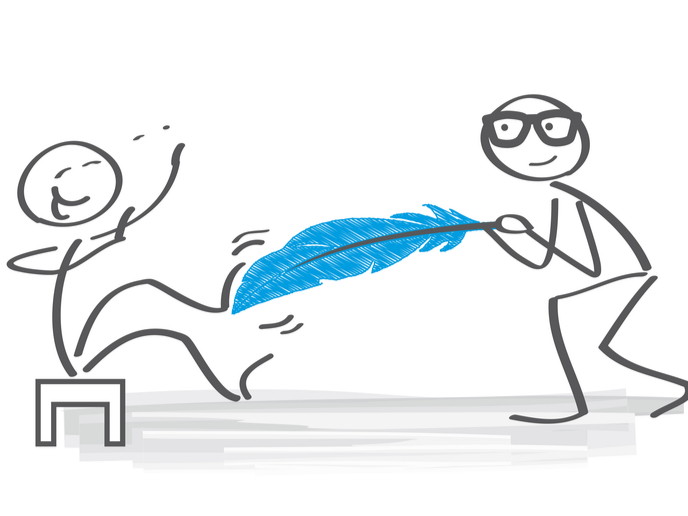Is your mind wandering? Getting a handle on our inner autopilot
We’ve all been there – getting to the end of a page only to realise that we did not take in what we’ve just read. Our mind has skipped forward to what’s for dinner, or what we are up to tomorrow. While we know from experience that we are more likely to let our thoughts drift away during easy or repetitive tasks, the connection between day-to-day activities and our tendency to lose focus has remained largely unexplored. The CPA-EST project, undertaken with the support of the Marie Skłodowska-Curie Actions programme(opens in new window), examined how everyday activities influence attention spans, delivering data that could help us train our minds to focus when it matters – and let go when it doesn’t.
Selective memory
Previous research(opens in new window) suggests that we may experience between 4 000 and 5 000 thoughts a day, many of which are unrelated to the things we do or perceive at the time. What’s the connection between such episodes of mind-wandering, memory and the structure of everyday events? “By event structure, we mean how people automatically segment everyday activities into discrete sub-events – ‘first I did X, then I did Y,’ etc.,” explains David Stawarczyk, postdoctoral research associate based at Washington University(opens in new window) in St Louis, United States, and CPA-EST project coordinator. The project team tested the hypothesis that mind-wandering occurs less frequently during the transitions between events – so-called ‘event boundaries’ – as these require more attention. They conducted two experiments in which participants were shown video clips of everyday activities such as doing laundry. Information on mind-wandering was gathered by testing participants’ memorisation of the video’s content while and after watching them, and by collecting data such as eye movement and brain activity. In a third experiment, participants used a smartphone app requesting them at random times to record information on their thoughts and activities when receiving the notification. While the pandemic has significantly slowed down data collection and analysis, preliminary results seem to confirm the researchers’ initial assumption. “Currently, our main finding is that mind-wandering is indeed reported less frequently right after an event boundary,” Stawarczyk says.
Productive daydreaming
Exploring these results to improve well-being is not all about improving focus. “Mind-wandering can be beneficial: for instance, if you are sitting in a waiting room before a meeting, it might allow you to prepare by imagining things that could happen during this meeting,” Stawarczyk points out. Education could help us maximise these benefits: “Teaching people how to use mind-wandering in a productive way during activities that do not require much focus could enable them to capitalise on its positive effects.” Of course, mind-wandering can become problematic in situations that require strong focus. While preventing mind-wandering in such situations is more difficult as it often occurs involuntarily, the project has enabled the team to pinpoint potential root causes. “Stress, anger and negative emotions in general, as well as factors such as lack of sleep, have been shown to predict increased mind-wandering occurrence. Addressing these factors might allow people to focus more easily,” Stawarczyk notes. He hopes to further investigate the relationship between sleep deprivation, mind-wandering, and everyday event recollection in his next research project.







